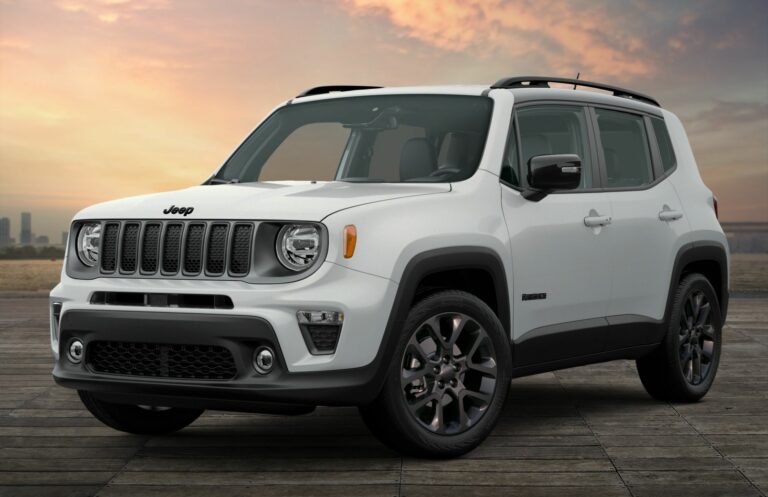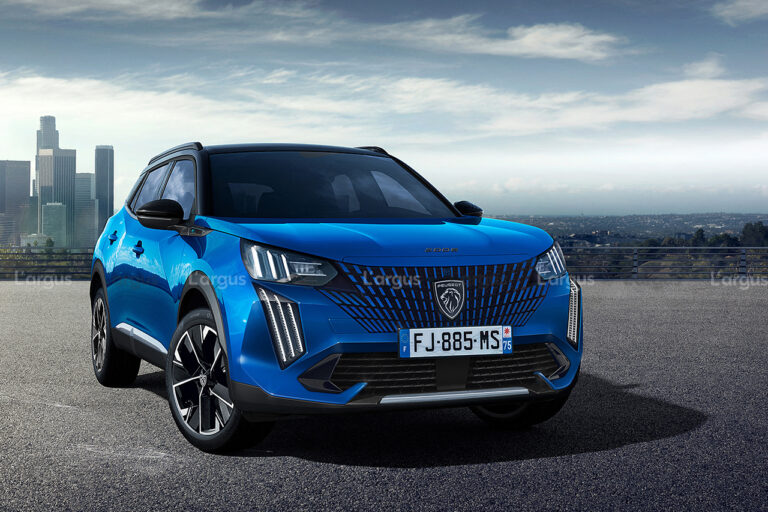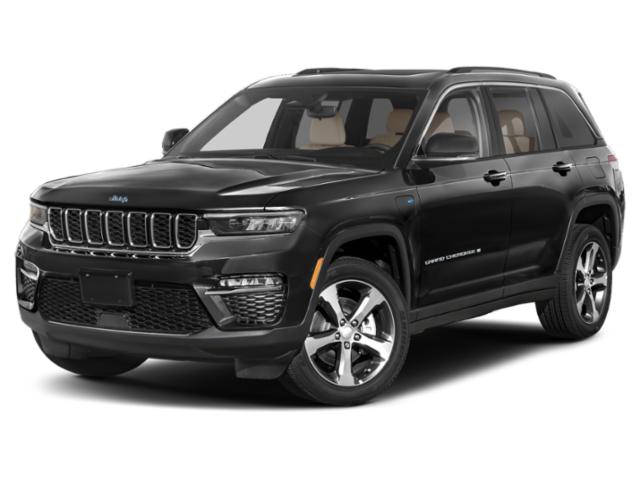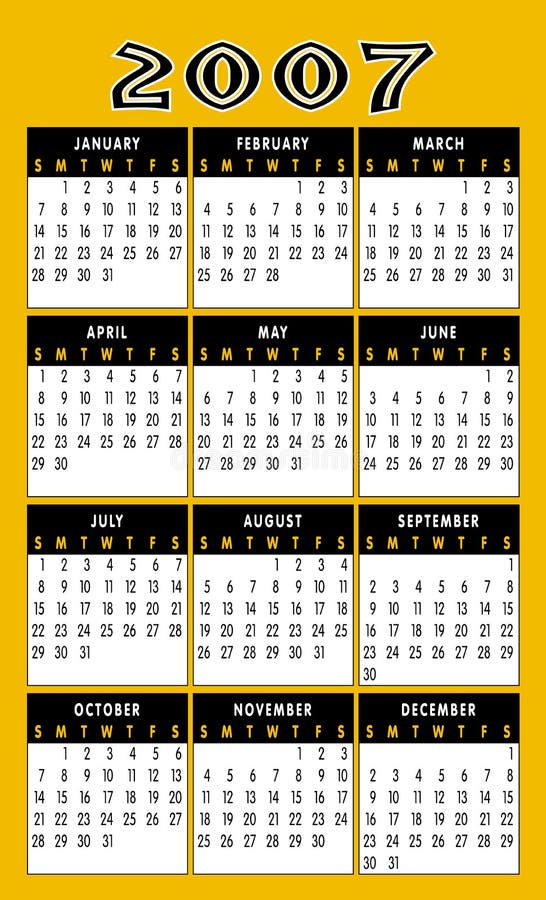How Much Can A Jeep Wrangler Unlimited Tow: Unlocking Your Adventurous Hauling Potential
How Much Can A Jeep Wrangler Unlimited Tow: Unlocking Your Adventurous Hauling Potential jeeps.truckstrend.com
The Jeep Wrangler Unlimited, with its iconic design and legendary off-road prowess, is synonymous with adventure. But beyond conquering rocky trails and forging through streams, many prospective and current owners wonder about its more practical capabilities: How much can a Jeep Wrangler Unlimited tow? This isn’t just a technical specification; it’s a key factor that determines whether your beloved Wrangler can haul your small boat to the lake, pull a pop-up camper for family adventures, or transport gear for your latest outdoor excursion. Understanding your Wrangler Unlimited’s towing capacity is crucial for safety, performance, and maximizing its utility.
This comprehensive guide will delve into the intricacies of the Jeep Wrangler Unlimited’s towing capabilities, exploring the factors that influence its capacity, the equipment you’ll need, and best practices for safe and efficient towing.
How Much Can A Jeep Wrangler Unlimited Tow: Unlocking Your Adventurous Hauling Potential
Understanding the Basics: What is Towing Capacity?
Before we dive into specific numbers, it’s essential to grasp the fundamental concepts related to towing. Towing capacity refers to the maximum weight your vehicle can safely pull, including the weight of the trailer and its cargo. This figure is determined by the manufacturer and takes into account the vehicle’s engine power, transmission, chassis strength, braking system, and suspension.
Several other critical terms play a role:
- Gross Vehicle Weight Rating (GVWR): The maximum permissible weight of your fully loaded vehicle (including passengers, cargo, and tongue weight of the trailer).
- Gross Combined Weight Rating (GCWR): The maximum permissible weight of your fully loaded vehicle and the fully loaded trailer combined. This is a crucial number not to exceed.
- Tongue Weight (TW): The downward force exerted by the trailer’s coupler on the towing vehicle’s hitch ball. Ideally, this should be 10-15% of the total loaded trailer weight for stable towing. Too little or too much tongue weight can lead to dangerous sway or reduced steering control.
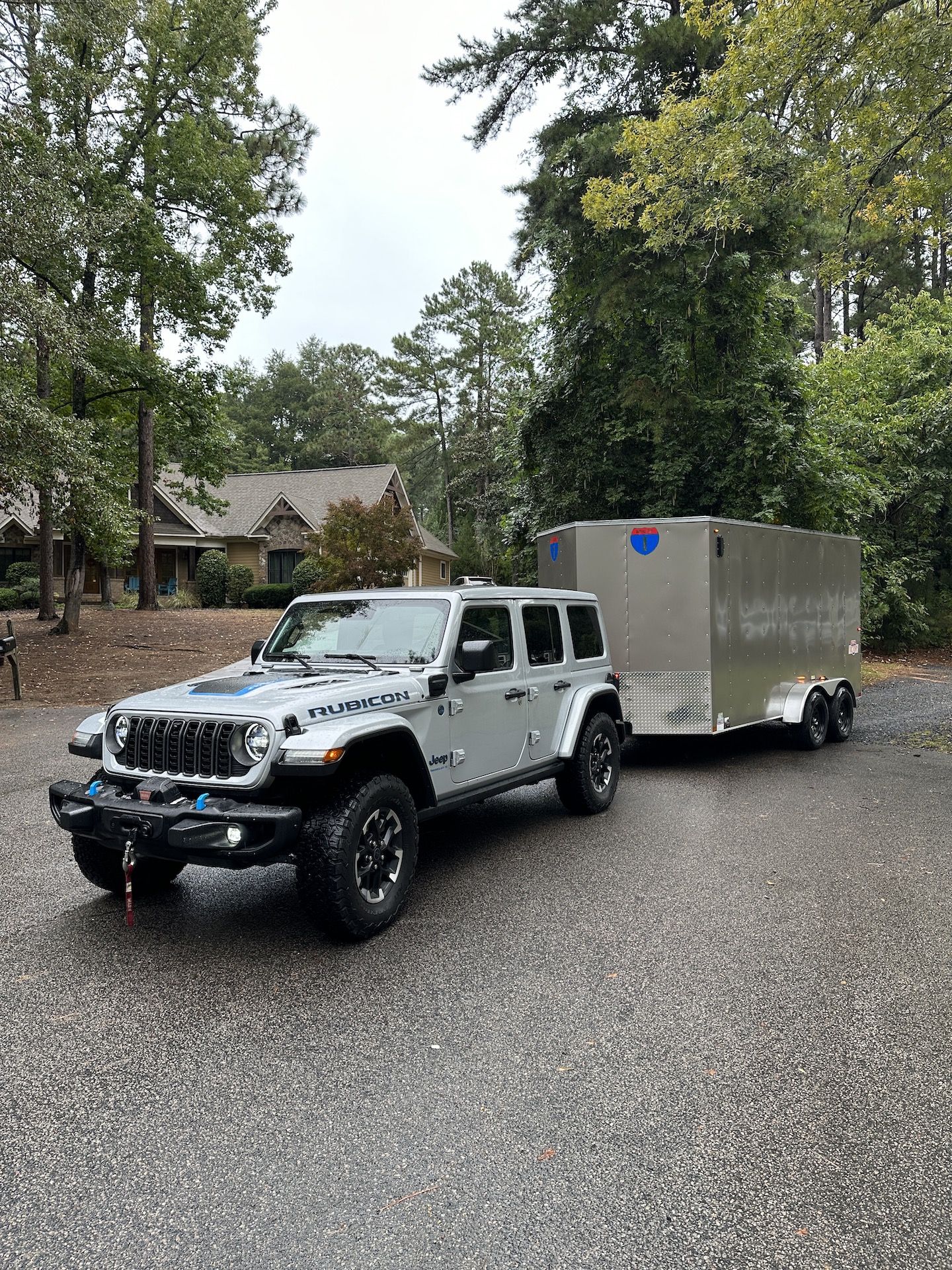
Exceeding any of these ratings can compromise vehicle safety, lead to premature wear and tear, and may even void your warranty or result in legal penalties.
Key Factors Influencing Wrangler Unlimited Towing Capacity
While the Jeep Wrangler Unlimited (the four-door model) is generally known for its ability to tow, its precise capacity isn’t a single, fixed number. It varies significantly based on several critical factors:

-
Engine Type: The powertrain is perhaps the most influential factor.
- 3.6L Pentastar V6: This venerable engine is the most common and offers robust performance for towing.
- 2.0L Turbo I4: Despite its smaller displacement, this turbocharged engine provides ample torque, making it surprisingly capable for towing.
- 3.0L EcoDiesel V6 (older models): Known for its high torque output, the EcoDiesel was an excellent choice for consistent towing performance.
- 6.4L HEMI V8 (Rubicon 392): While incredibly powerful, the Rubicon 392’s towing capacity often mirrors the standard engines due to its off-road oriented suspension and focus.
- 2.0L Turbo I4 PHEV (4xe): The plug-in hybrid model also maintains competitive towing figures.

-
Axle Ratio: This refers to the ratio between the number of teeth on the ring gear and the number of teeth on the pinion gear in your differential. Higher numerical axle ratios (e.g., 3.73, 4.10) provide more torque at the wheels, which is beneficial for towing and off-roading, but can slightly reduce fuel efficiency. Lower ratios (e.g., 3.45) are more fuel-efficient but less ideal for heavy towing. The factory axle ratio is a primary determinant of your Wrangler’s max tow rating.
-
Factory Towing Package: This is often the most critical component for unlocking the maximum towing capacity. The factory tow package typically includes:
- A Class II or Class III receiver hitch.
- A 7-pin wiring harness (for trailer lights, brakes, and auxiliary power).
- Heavy-duty engine cooling (radiator, fan).
- Often, upgraded alternator.
- Sometimes, specific axle ratios are bundled with this package.
-
Model Year and Trim Level: While the Unlimited models generally share similar capabilities, slight variations can occur between model years (e.g., JK vs. JL generation) or specific trim levels that might have different standard axle ratios or optional packages.
Typical Towing Capacities for Jeep Wrangler Unlimited Models
For most modern Jeep Wrangler Unlimited (JL generation, 2018-Present) models, the maximum towing capacity, when properly equipped with the factory tow package, is 3,500 pounds (1,588 kg).
This 3,500-pound figure applies across the board for most engine options, including the 3.6L Pentastar V6, 2.0L Turbo I4, 3.0L EcoDiesel V6, and the 2.0L Turbo I4 PHEV (4xe). Even the mighty Rubicon 392, with its HEMI V8, maintains this 3,500-pound maximum, primarily due to the vehicle’s inherent design as an off-roader rather than a dedicated tow rig like a full-size truck.
Important Note: Without the factory tow package, or with less optimal axle ratios (e.g., 3.45), many Wrangler Unlimited models might be rated for a lower capacity, often 2,000 pounds (907 kg). It is absolutely crucial to check your specific vehicle’s owner’s manual or the sticker on the driver’s side door jamb for its exact ratings.
Essential Towing Equipment and Upgrades
To safely and effectively tow with your Jeep Wrangler Unlimited, especially when approaching its maximum capacity, consider the following:
- Receiver Hitch: Ensure you have a proper Class III (or sometimes Class II for lower capacities) receiver hitch securely mounted to your Wrangler’s frame.
- Wiring Harness: A 7-pin connector is essential for trailers with electric brakes and auxiliary power. If your trailer has a 4-pin, you’ll need an adapter.
- Brake Controller: For trailers over a certain weight (often 1,000-1,500 lbs, check local regulations), electric trailer brakes are legally required and critical for safety. A proportional brake controller installed in your Wrangler ensures synchronized braking between your vehicle and the trailer.
- Weight Distribution Hitch (WDH): While not always strictly necessary for 3,500 lbs, a WDH can significantly improve stability and ride quality, especially for longer trailers or those with higher tongue weights. It distributes the trailer’s tongue weight more evenly across all axles of the tow vehicle and trailer.
- Trailer Sway Control: Modern Wranglers may have integrated electronic trailer sway control. If not, or for added peace of mind, mechanical sway control devices can be added to your hitch setup.
- Proper Mirrors: Ensure you have clear visibility around your trailer. Aftermarket towing mirrors that extend beyond your standard mirrors are often a wise investment.
- Tires: Ensure your Wrangler’s tires are properly inflated and have an adequate load rating for the combined weight.
- Trailer Safety Chains: Always cross them under the tongue of the trailer to cradle it if the hitch disconnects.
- Breakaway System: For trailers with electric brakes, a breakaway system will activate the trailer brakes if it separates from the tow vehicle.
Safe Towing Practices and Important Considerations
Towing isn’t just about hooking up a trailer and hitting the road. Safety should always be your top priority.
- Know Your Numbers (and Don’t Exceed Them): Reiterate the importance of GVWR, GCWR, Tongue Weight, and the trailer’s GVWR. Never, ever exceed these limits.
- Proper Weight Distribution on the Trailer: Load your trailer so that approximately 10-15% of its total loaded weight is on the tongue. Too much weight in the rear can cause dangerous sway, while too much weight on the front can overload your Wrangler’s rear axle and affect steering.
- Pre-Trip Inspection: Before every trip:
- Check tire pressure on both the Wrangler and the trailer.
- Ensure all lights (brakes, turn signals, running lights) are working.
- Verify the hitch connection is secure and safety chains are properly attached.
- Check brake fluid, oil, and coolant levels.
- Inspect trailer brakes.
- Adjust Your Driving Habits:
- Slower Speeds: Reduce your speed, especially on highways, in windy conditions, or on challenging terrain.
- Increased Stopping Distance: You’ll need significantly more distance to stop with a trailer. Leave ample space between your Wrangler and the vehicle in front.
- Wider Turns: Account for the trailer’s length when turning.
- Use Lower Gears: On descents, downshift to use engine braking to help control speed and prevent brake fade. On ascents, select a lower gear to maintain power and prevent the engine from struggling.
- Avoid Sudden Movements: Smooth acceleration, braking, and steering inputs are key to preventing sway.
- Regular Maintenance: Keep both your Jeep Wrangler Unlimited and your trailer well-maintained. This includes regular brake inspections, fluid checks, and tire rotations.
- Check Local Regulations: Be aware of any specific towing laws in your state or region regarding maximum speeds, trailer brake requirements, or special licenses.
Challenges and Solutions
While the Wrangler Unlimited is capable, it’s not a heavy-duty pickup truck. Its relatively short wheelbase (compared to a full-size truck) and higher center of gravity can make it more susceptible to trailer sway, especially with taller or heavier trailers.
- Challenge: Trailer Sway: This can be frightening and dangerous.
- Solution: Proper tongue weight, a weight distribution hitch, and electronic or mechanical sway control devices are your best defense. Reduce speed immediately if sway occurs.
- Challenge: Steep Grades: Even with adequate towing capacity, pulling a heavy load up a steep incline can strain the engine and transmission.
- Solution: Use lower gears, monitor engine temperature, and be patient. Give your Wrangler a break if needed.
- Challenge: Off-Road Towing: Towing a trailer off-road adds another layer of complexity.
- Solution: Reduce tire pressure (both vehicle and trailer), engage 4WD, select low range if necessary, and proceed at very low speeds. Consider the trailer’s ground clearance and approach/departure angles.
Jeep Wrangler Unlimited Towing Capacity Information Table
The following table provides a general overview of common towing capacities for the Jeep Wrangler Unlimited (4-door) models. Always consult your specific vehicle’s owner’s manual for exact figures.
| Model Year Range | Engine Type | Common Axle Ratios | Max Towing Capacity (Properly Equipped) | Notes/Requirements |
|---|


